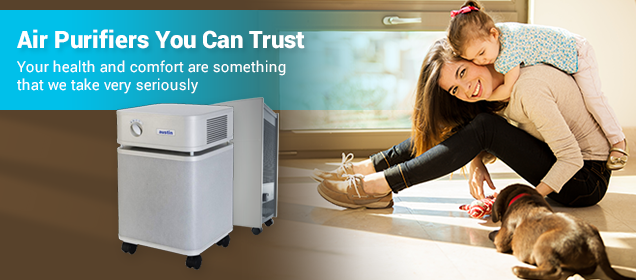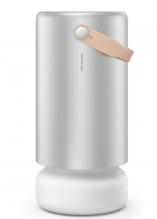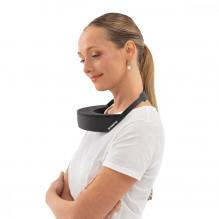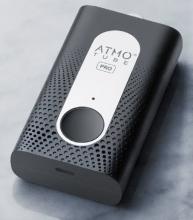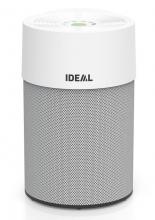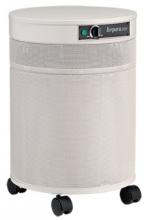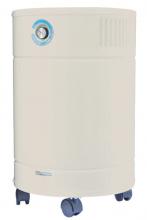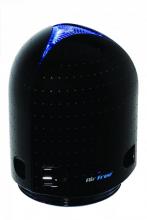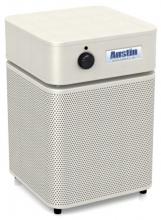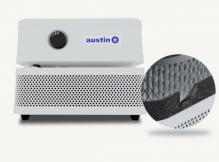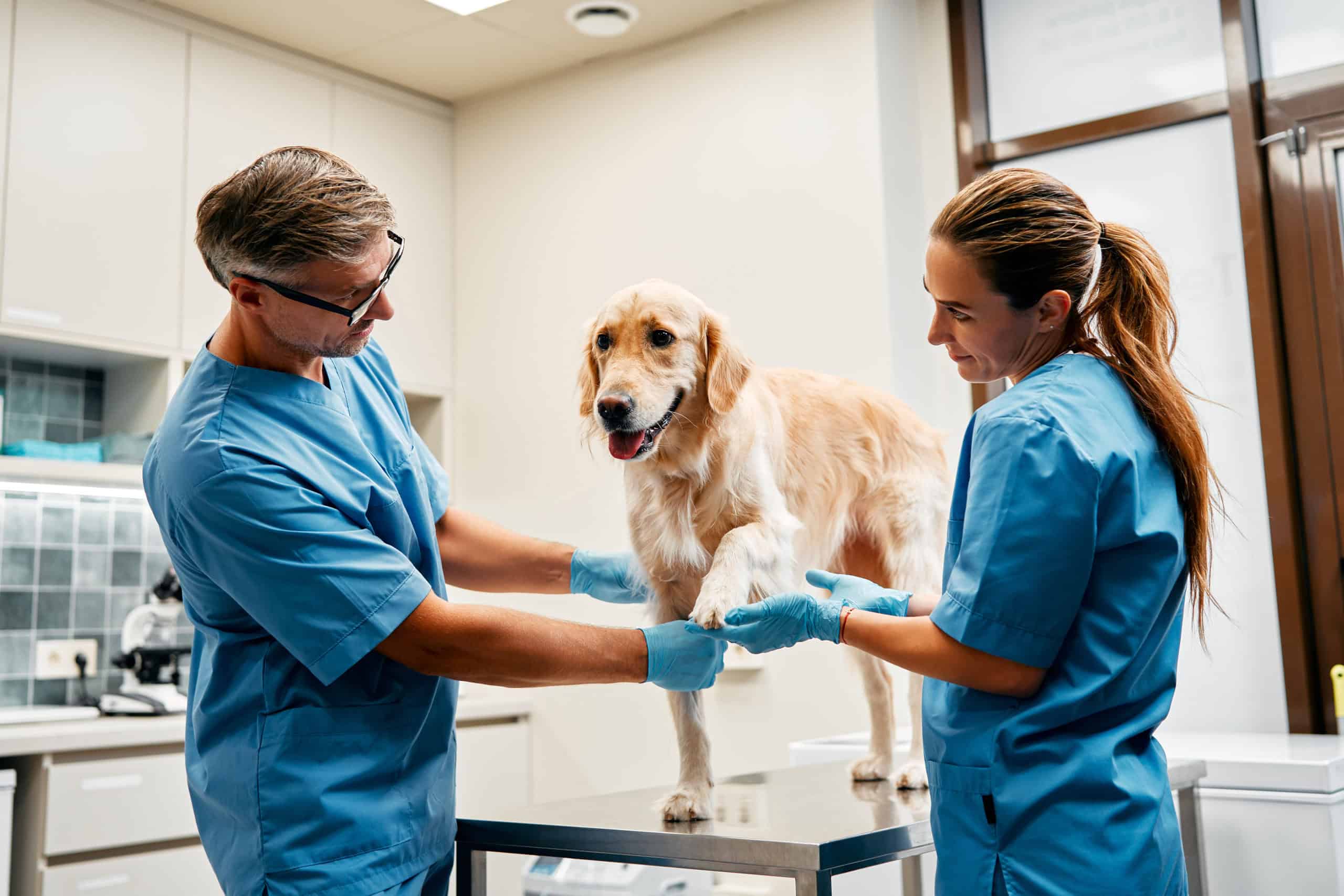People have been asking for the Airpura air purifier brand in a smaller and more affordable model. The new Airpura 400 series puts the power of home cleaning that the brand is known for into a purifier that is rated for 1000 square feet at 2 ACH, and retails for just under $600.
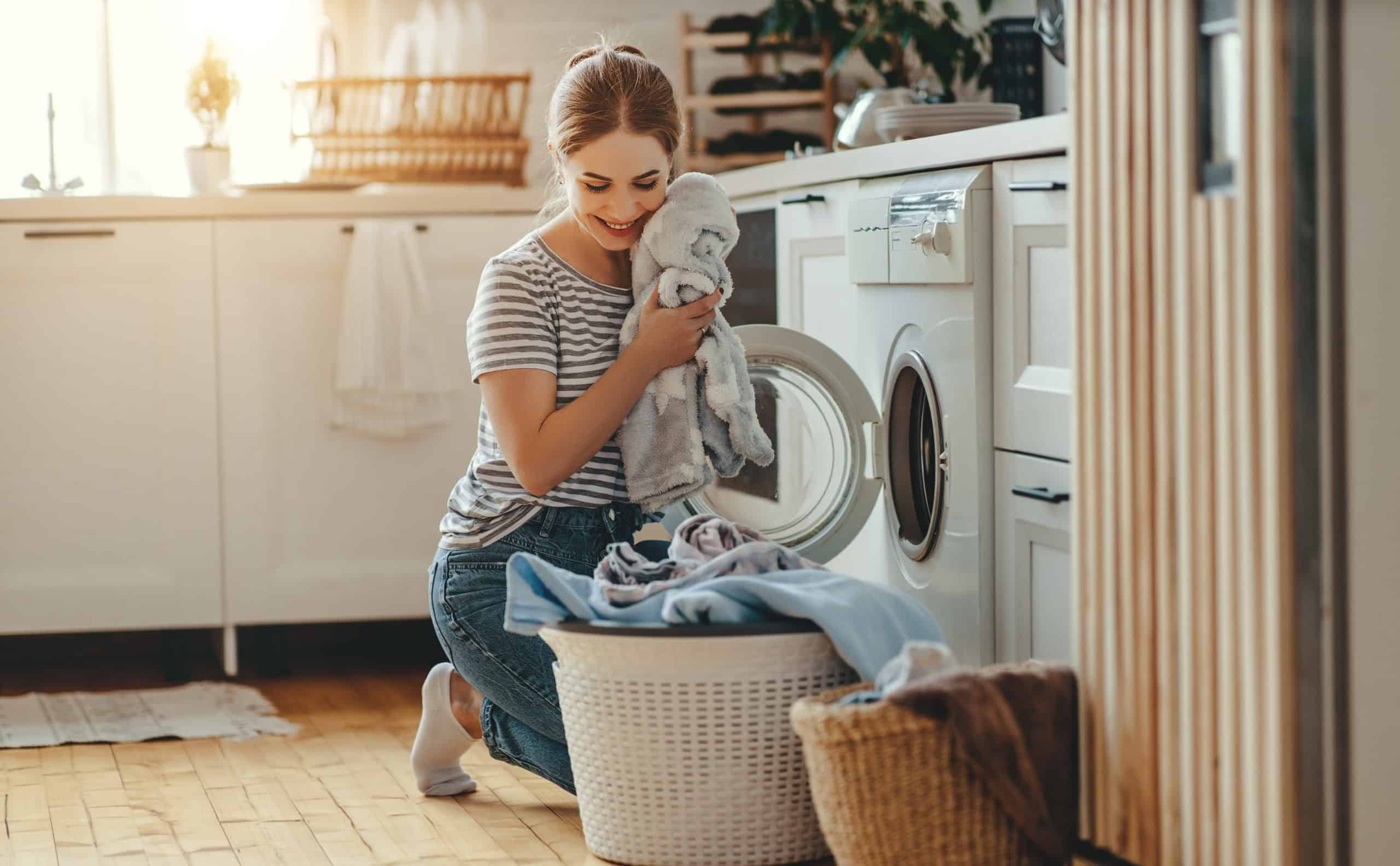
It’s good to have this option if you’re dealing with a number of small spaces, instead of trying to install a whole house system. You may have some important obstacles that carve your interior into manageable portions, and want to outfit each one with a powerful air cleaner for localized operation.
Larger models cover up to 2500 square feet or more, but that may be more than you need for any of the smaller spaces common in most homes and buildings.
What Does the Airpura 400 Filter?
The Airpura 400 machine is good at removing chemicals and particulate matter from indoor spaces.
This machine can help reduce mold spores and pollen. It can help with pet dander, too. It will scrub various harsh chemicals from your indoor air, and eliminate different types of odors that come from indoor air pollution.
This is great news for allergy and asthma sufferers and those with a variety of respiratory conditions. But it also adds to your quality of life in the home.
What Does the Airpura 400 Use?
These models have a standard medical grade HEPA filter that removes particulates down to .3 microns in size. There’s also the option of a super HEPA that filters out particles down to .1 microns at 99.99%.
In addition to the filter, the Airpura 400 series also has a pre-filter piece with its own maintenance needs. In addition, it has activated carbon (8 pounds of activated carbon, to be exact) that will work to remove certain kinds of microbes.
At 18 pounds and 15.5 inches high by 12 inches wide, this is a very light and portable machine.
The Airpura 400 draws a maximum of 69 watts, and it’s a low noise model, just 52 decibels on high.
Maybe you need a quieter machine for a nursery or an office environment. This is helpful for those kinds of uses, too.
As for airflow, this model moves 50 cubic feet of air per minute on the lowest setting. On high, you get 283 cubic feet per minute, for a lot of cleansing power. This is particularly effective if you have contaminants that are contained in a particular area, or low to the ground, for example, with new flooring installation.
More Powerful Air Purifiers with the Airpura V400
For those who really have severe sensitivity to contaminants, the Airpura V400 model brings additional power with a better type of carbon.
There’s also more dwell time that helps the machine pull more chemicals from the air.
It’s still a quiet and easy to maintain model, but has a bit more power for more intensive cleaning.
Recommending the Airpura 400
We’re excited about having these models available for the many customers who want a smaller and less expensive purchase!
It’s not just the cost – there’s the logistics of bringing a machine into a space, and managing it while it cleans. Size and weight can be big issues for a lot of customers, especially those with mobility challenges or certain kinds of health conditions.
Get the cleaning power to enhance your indoor air with these powerful small appliances. Ask US Air Purifiers LLC™ for help with choosing the machine that’s right for you. We carry many brands and different technologies that will customize your plan to your needs.
